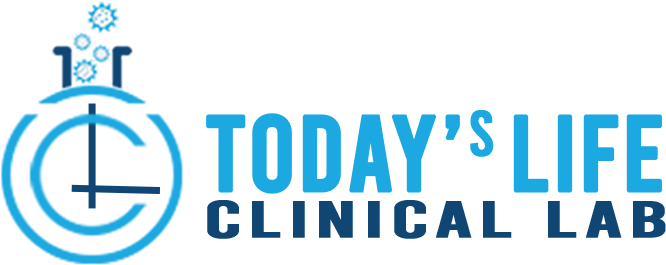
Frequently Asked Questions
We thought of help you with most common question about covid-19.
Diagnostic testing involves collecting a specimen by inserting a swab (similar to a long Q-tip) into your nose or throat or by collecting saliva. The test may be performed on site or the specimen may be sent to a laboratory. If you have symptoms of COVID-19, you should isolate at home while waiting for your test results.
Everyone should get tested for COVID-19 right away if they have COVID-19 symptoms, and five days after being exposed to someone with COVID-19. It is also a good idea to get tested before and after travel or attending a large gathering. People who are not fully vaccinated against COVID-19 should also consider periodic testing if they have frequent in-person interactions with others at work or socially.
People who had COVID-19 in the past three months (positive diagnostic test) and recovered do not need to be tested unless they have COVID-19 symptoms. There may be different testing requirements in certain settings, such as schools and group living facilities.
Your health care provider can help decide which type of test is best for you based on the reason for your testing, such as a recent exposure, presence of symptoms or periodic testing. If you get an antigen test, your provider may recommend a molecular test to confirm your test result, depending on your reason for testing.
A positive test result means that you most likely have COVID-19 and must stay home (isolate) and take precautions to reduce the risk of spreading the virus to others.
A negative test result means that you most likely do not have COVID-19. If you have symptoms, continue taking precautions like wearing a face mask, because it is possible you have the virus but the test did not detect it
According to the health experts, RT-PCR tests are more accurate compared to other tests such as the antigen and antibody tests. As the test analyzes the genetic sequences such as the SARS-COV-2 virus and then determines the results. However, the test results of an RT-PCR test is not completely accurate or perfect. In a large sample size, the test can detect some false-negative patients due to laboratory error or insufficient sample size from the patient.
Also, another issue with these tests can be faulty reagents. The vendors are working on strict guidelines to maintain the quality of the reagents and the kits. Thus, if the RT-PCR test results of a patient are negative and there are some symptoms of the virus identified then the healthcare professionals can make use of other tests such as a CT scan for confirmation.
This entirely depends on you. If you home quarantine yourself for 10 days and see no symptoms of the coronavirus then you don’t need to take another test. But if you wish to travel to other places, then a test should be done. This can be useful while traveling to prove that you do not have the coronavirus. A second test should be done as many people have been asymptomatic even though they are carrying the virus. A test will rule out all doubt if a person has the virus or not.
There are no side effects of the RTPCR test. But there is a high chance of getting a false-negative or false-positive result. Many of the cases that have come through have seen false-negative and false-positive results that have set back multiple hospitals. The people who undergo the RTPCR test will not experience any negative side effects from the test. It is rather harmless. The issue of eliciting false-negative and false-positive results is due to the finding of typical antibodies responsible for specific signs and characteristics of COVID-19. But computed tomography (CT) images were not diagnosed. This can be very harmful for the patient and time consuming for the doctor.

